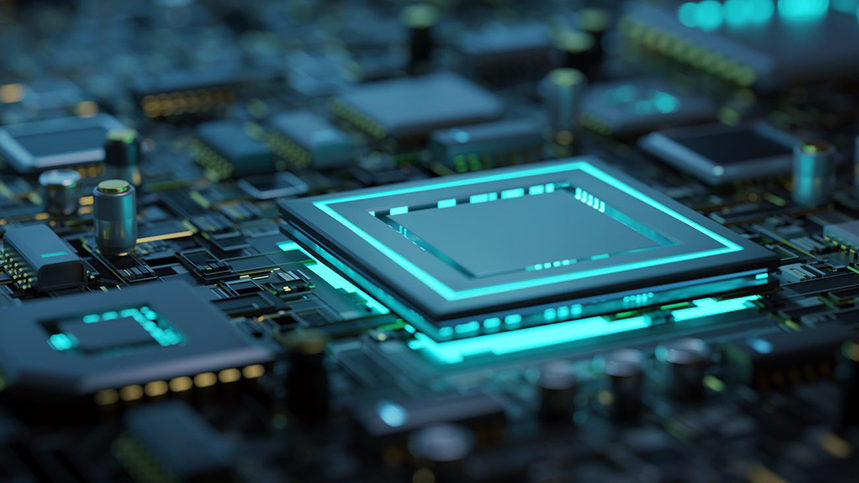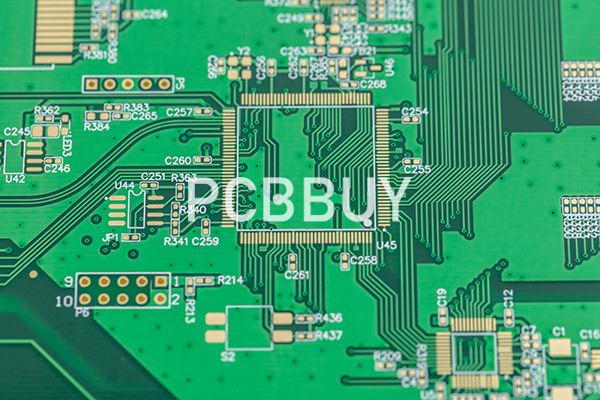What Are the Main Factors of High Speed PCB Design?
By:PCBBUY 03/30/2024 11:36

To put it simply, high speed PCB design is any design where the integrity of your signals starts to be affected by the physical characteristics of your circuit board, like your layout, packaging, layer stackup, interconnections, etc… If you start designing boards and run into problems like delays, attenuation, crosstalk, reflections, or emissions, then congratulations! You’ve found yourself in the world of high speed PCB design.
If you are looking for more information about high speed PCB design, please check and read the content below for more professional knowledge.

What Are the Main Factors of High Speed PCB Design?
When working on a high speed PCB design, there are a ton of issues that you’ll encounter along the way towards getting your signals interact from point A to point B. But of them all, the top three concerns to be aware of are:
· Timing. In other words, are all of the signals on your PCB layout arriving at the proper time in relation to other signals? All of the high speed signals on your board layout are controlled by a clock, and if your timing is off, then you’ll likely be receiving corrupted data.
· Integrity. In other words, do your signals look as they should when they arrive at their end destination? If they don’t, then it means that your signal likely encountered some interference along the way that ruined its integrity.
· Noise. In other words, did your signals encounter any kind of interference along their journey from transmitter to receiver? Every PCB emits some kind of noise, but when too much noise is present, then you increase the chance of data corruption.
How to plan PCB high speed stackup and impedance?
The PCB stackup you create for a high speed circuit board will determine the impedance, as well as ease of routing. All PCB stackups include a set of layers dedicated to high speed signal, power, and ground planes, and there are several points to consider when assigning layers in a stackup:
· Board size and net count: How large will the board be and how many nets do you need to route in the PCB layout. Physically larger boards might have enough space to allow you to route throughout the PCB layout without using more than a few signal layers.
· Routing density: In the case where net counts are high and the board size is constrained to a small region, you may not have a lot of room for routing around the surface layer. Therefore, you’ll need more internal signal layers when traces are pushed closer together. Going to a smaller board size can force higher routing density.
· Number of interfaces: Sometimes it’s a good strategy to route only one or two interfaces per layer, depending on the width of the bus (series vs. parallel) and the board size. Keeping all signals in a high speed digital interface on the same layer ensures consistent impedance and skew is seen by all signals.
· Low speed and RF signals: Will there be any low speed digital or RF signals in your digital design? If so, these may take up space on the surface layer that could be used for a high speed bus or components, and an additional internal layer might be required.
· Power integrity: One of the cornerstones of power integrity is the use of a large power plane and ground plane for each voltage level required in your large ICs. These should be placed on adjacent layers to help ensure there is high plane capacitance to support stable power with decoupling capacitors.
What are the techniques of high speed PCB design?
Know design software that can offer advanced options
It needs a lot of complex features for high speed designs in your CAD software. What’s more, there may not have many programs for hobbyists, and usually it doesn’t have advanced options based on Web suites. So you need to have a better understanding of a power, CAD tool.
High speed routing
When it comes to high speed traces, a designer needs to know the rules for essential routing, including not cutting ground planes and keeping trails short. So prevent digital lines a certain distance from crosstalk, and shield any interference creating elements so that damaging the signal integrity.
Routing traces with impedance control
It needs impedance matching for some types of signals which are about 40-120 ohms. And characteristic impedance matched hints are antennae and many differential pairs.
It’s important for designer to know how to calculate trace width and layer stack for necessary impedance values. If there is not correct impedance values, it may make a serious effect on signal, which will lead to data corruption.
Length matching traces
There are many lines in high speed memory buses and interface buses. The lines can work at quite high frequency, so it’s vital that the signals need to be from the transmitting terminal to the receiving terminal at the same time. What’s more, it needs to a feature called length matching. So most common standards define tolerance values that need to match length.
Industry Category











